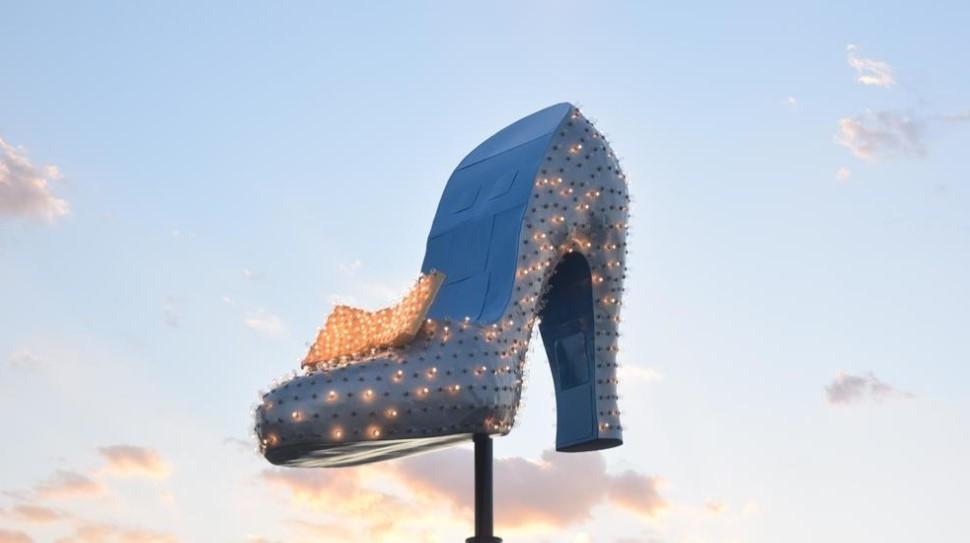
The Silver Slipper | Vegas Icons:
In the heart of Las Vegas history lies the captivating tale of the Silver Slipper, a casino that etched its legacy in the bustling era of the 1950s. Born from the vision of El Rancho Vegas owner, it emerged as a glimmering jewel next to The Last Frontier. But before it became the Silver Slipper, whispers tell of its golden origins as the Golden Slipper. Legend has it that the name transition was spurred by the acquisition of a bar already christened the Silver Slipper, a coveted title in the neon-lit landscape of Vegas.
Opening its doors in September 1950 as the Golden Slipper, this establishment quickly became a legendary Burlesque lounge, enchanting the city with the allure of showgirls dancing into the night. Embracing a charm that resonated with the everyday gambler, it became a local haunt for those seeking entertainment and a touch of glamour.
As the tides of time rolled on, the Golden Slipper transformed, shedding its golden mantle to emerge as the Silver Slipper in the late 1950s. The transition marked a new chapter, and the casino continued to weave its magic into the fabric of Vegas nightlife.
Amidst the glittering lights and iconic neon signs that adorned the city, the Silver Slipper stood out as a beacon of allure. In a twist of fate, the casino found itself in the hands of the enigmatic Howard Hughes, adding a chapter of mystery to its narrative. The silver glimmer endured under Hughes’s ownership until April 1977 when the Nevada Supreme Court paved the way for a new era.
The court ruling allowed the Summa Corporation to claim ownership, marking the end of the Silver Slipper’s four-decade reign. With its doors closing in 1977, the once vibrant casino entered the annals of history, leaving behind echoes of laughter, music, and the clinking of glasses.
In the present day, the legacy of the Silver Slipper lives on through the restoration of multiple signs from its glory days. Rescued in 2009, these signs now find a home just west of the Neon Museum Boneyard, a testament to the enduring charm of this iconic establishment. Rotating once more, just as it did in the olden days, the Silver Slipper stands as a nostalgic reminder of a bygone era, a tale spun in the neon lights of Las Vegas.
Vegas History:
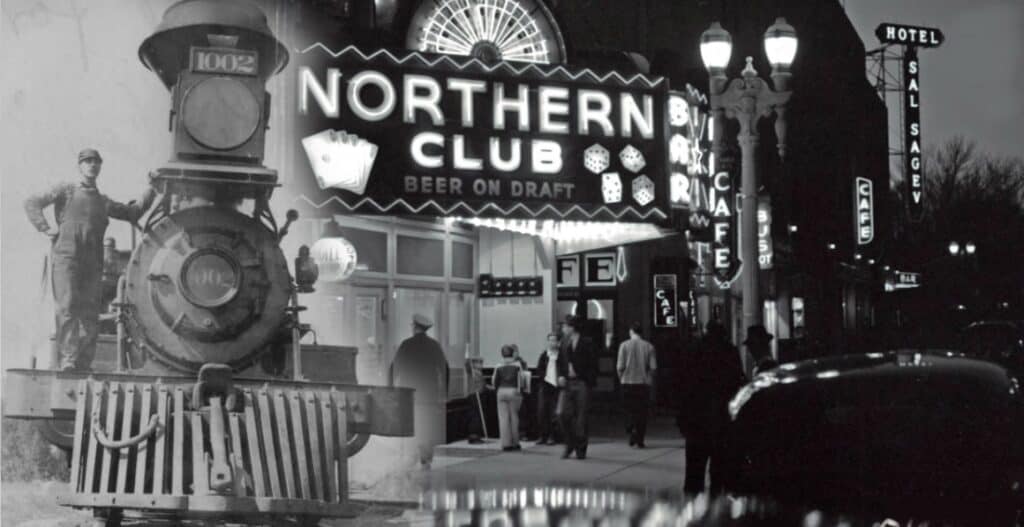
Las Vegas History: Railroad Development Paved the Way for Las Vegas to Become the Gambling Capital of the World
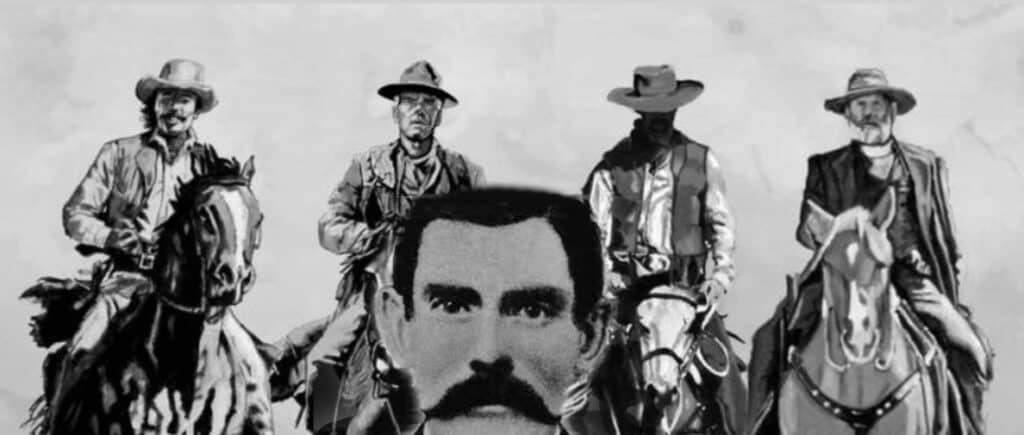
Las Vegas History: Doc Holliday Famous Gambler Gunslinger and Resident of Las Vegas
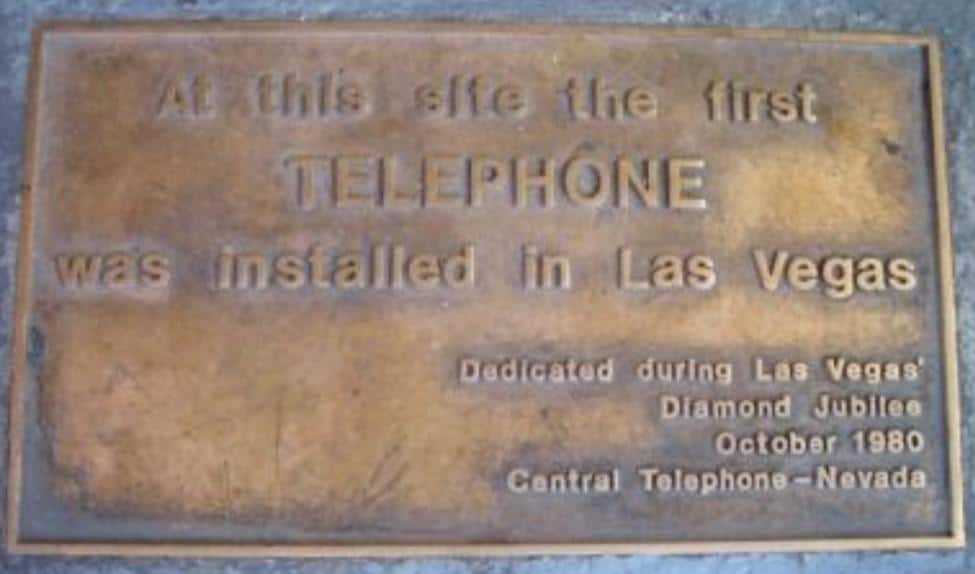
Las Vegas History: How Las Vegas’ First Telephone Exchange Made Bugsy Siegel’s Race Wire Possible

Las Vegas History: The Official Naming of Las Vegas 1905
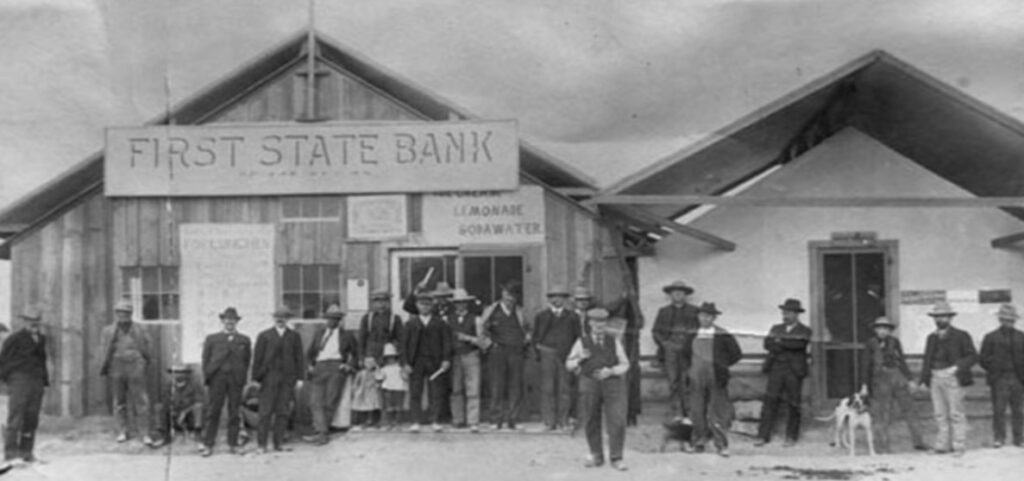
Las Vegas History: 1864 Las Vegas The Impact of Nevada Statehood
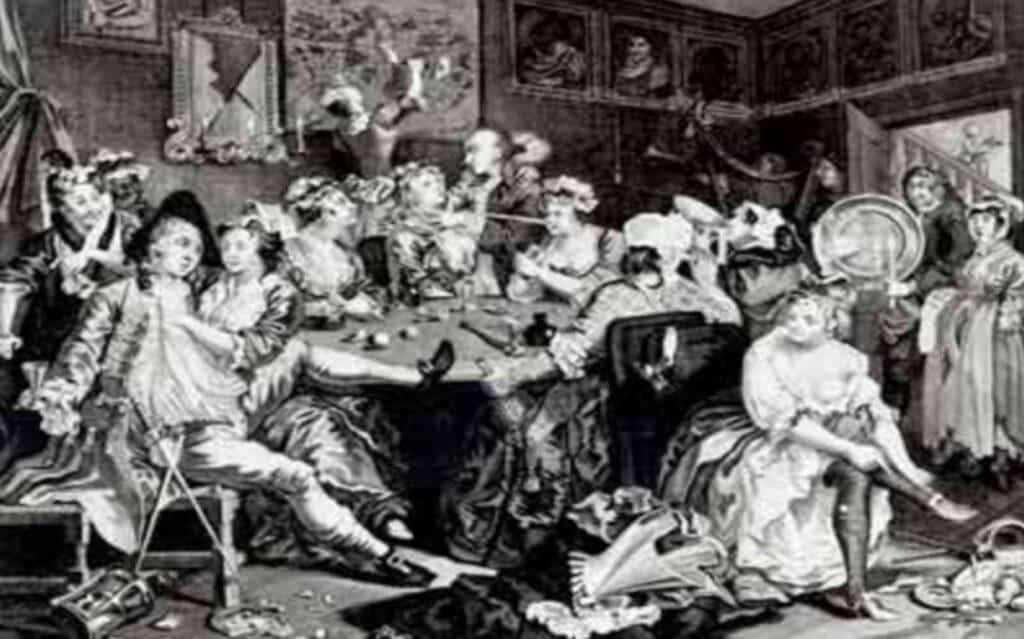
Las Vegas History: Las Vegas and It’s Vices in the 1850s
Frequently Asked Questions (FAQs):
1. What was the original name of the casino before it became the Silver Slipper?
The casino was originally named the Golden Slipper before it later transitioned into the iconic Silver Slipper.
2. When did the Golden Slipper officially open its doors, and what was its initial claim to fame?
The Golden Slipper officially opened in September 1950 and gained fame as a renowned Burlesque lounge featuring captivating performances by showgirls.
3. Why did the casino undergo a name change from Golden Slipper to Silver Slipper?
Rumors suggest that the casino had to change its name to Silver Slipper because the name Golden Slipper was already in use by a bar at the time.
4. Who was the owner of the Silver Slipper during its glamorous era in the 1950s?
The Silver Slipper experienced its heyday under the ownership of Howard Hughes, an enigmatic figure who added a touch of mystery to its narrative.
5. When did the Silver Slipper officially close its doors, and what led to its closure?
After four decades of operation, the Silver Slipper closed its doors forever in April 1977, following a Nevada Supreme Court ruling allowing the Summa Corporation to purchase the casino.
6. What characterized the Silver Slipper’s appeal during its time?
The Silver Slipper was known for its charm, catering to smaller bettors and everyday people, creating a more local and approachable atmosphere compared to some of its grandiose counterparts.
7. What marked the casino’s transition into the 1950s mob-era Las Vegas?
The iconic Silver Slipper sign, one of the oldest neon signs in Las Vegas history, was erected in 1949, just before the mob-era that witnessed the rise of casinos like The Dunes, The Sands, The Riviera, El Rancho, and The Flamingo Las Vegas.
8. What are the remnants of the Silver Slipper that can still be experienced today?
Several signs from the Silver Slipper have been restored and can be seen rotating just west of the Neon Museum Boneyard, offering a nostalgic glimpse into the casino’s glamorous past.
9. Who was Howard Hughes, and how did he impact the Silver Slipper’s story?
Howard Hughes, a Vegas pioneer, took ownership of the Silver Slipper in the 1970s, adding a new chapter to its history. Hughes was known for his involvement in various iconic Vegas establishments, including The Mirage, Treasure Island, and Bellagio.
10. Is there any plan for a revival of the Silver Slipper brand today?
Despite initial plans for a new Silver Slipper, the brand has not been resurrected, and the casino’s legacy remains preserved through its restored signs, offering a timeless connection to the enchanting tale of this Las Vegas icon.





